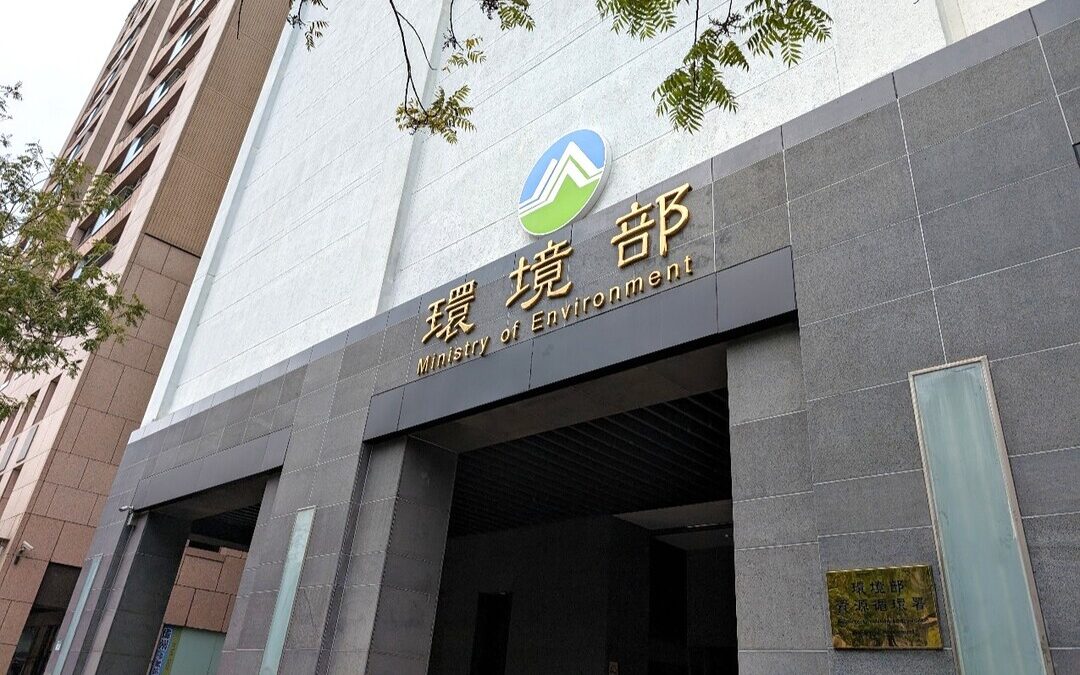Google Pledges $3M to Boost Water Quality in Taiwan’s Hsinchu City
Google partners with Taiwan to boost water quality, ecosystem health, and sustainable irrigation in Hsinchu and Changhua.
Google announced on Tuesday that it will invest $3 million in a water stewardship initiative in Taiwan’s Hsinchu City, as part of a broader strategy to improve watershed health and increase water security in regions where the tech firm operates.
The contribution, made in partnership with the Hsinchu City Government and Taiwan’s Ministry of Environment, will fund a new ecological water treatment system designed to clean polluted wastewater flowing into the Touqian River.
Fighting Pollution in the Xipuzi Drainage
The Xipuzi drainage, a tributary of the Touqian River, has long been classified as severely polluted due to untreated domestic wastewater from surrounding communities lacking proper sewage systems.
Google’s funding will support the construction of a gravel contact oxidation process, or GCOP facility, which is expected to treat more than 450 million gallons of water annually over the next decade.
GCOP systems use gravel and naturally forming biofilms to filter pollutants from water. In addition to improving water quality, the system is projected to bolster aquatic ecosystems and protect public health by reducing the presence of harmful pathogens.
“By increasing water quality and supply in the Touqian River, this project will enhance watershed resilience and water security in other parts of Taiwan,” Google said in a blog post.
Changhua County Initiatives Focus on Efficiency
Alongside the Hsinchu project, Google is advancing water efficiency efforts at its data center in Changhua County.
Since 2022, the facility has been using non-potable industrial water for cooling processes in coordination with local authorities.
The company has also partnered with Israeli agriculture technology firm N-Drip on a pilot project in Changhua County to install gravity-powered precision drip irrigation systems on local rice farms.
The system is expected to reduce water consumption by replacing traditional flood irrigation techniques.
Long-Term Commitment to Water Stewardship
The initiatives form part of Google’s global water stewardship strategy, which aims to replenish 120 percent of the freshwater the company consumes at its offices and data centers by 2030.
The company also aims to enhance water quality and promote ecosystem health in water-stressed communities worldwide.
“Technology can be a useful tool to bring visibility to shared water challenges,” Google said, adding that it is investing in making water data and stewardship tools more accessible to inform decision-making and enhance resilience.
The Taiwan projects added to Google’s growing environmental portfolio in the region, which includes investments in offshore wind, geothermal, and solar energy as part of its commitment to a more sustainable future.
Also Read:
EU Report Warns of Worsening Water Crisis as Pollution and Droughts Rise
Nirmal Menon
Related posts
Subscribe
Error: Contact form not found.


